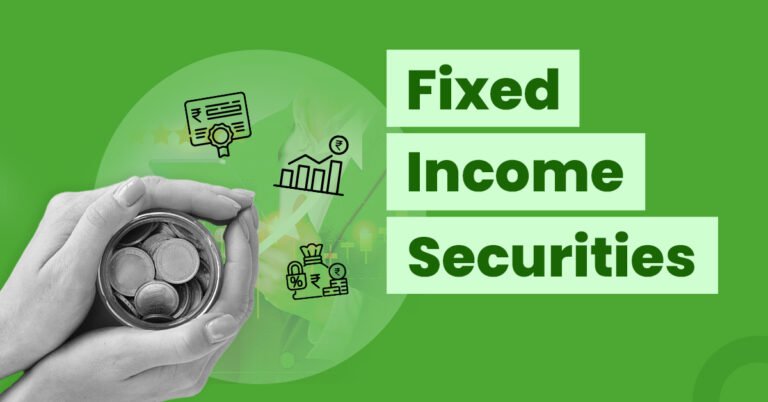
Table of Contents:
- Smart Money Habits for Financial Freedom
- Budgeting Strategies That Actually Work
- Where to Find the Best High-Yield Savings Accounts
- Common Credit Score Misconceptions
- Retirement Pitfalls to Avoid
- Starting to Invest With Limited Funds
- Rent vs Buy in 2025: What’s Right for You?
- Effective Debt Repayment Plans
- Net Worth Benchmarks by Age in the U.S.
- Teaching Children About Financial Responsibility
1. Smart Money Habits for Financial Freedom
Creating consistent financial routines is the backbone of financial independence. Automating savings, avoiding lifestyle inflation, and setting clear financial goals are just a few habits that differentiate financially secure individuals from the rest.
Sarah, a teacher from Ohio, automates her $500 monthly savings into a high-yield savings account, tracks expenses with a budgeting app, and reviews her net worth quarterly. This discipline helped her buy a home at 32 and pay off student loans early.
2. Budgeting Strategies That Actually Work
Two budgeting methods dominate: the 50/30/20 rule and zero-based budgeting. The former simplifies your finances into needs, wants, and savings, while the latter assigns every dollar a job. Pick one that suits your lifestyle for better control over spending.
Mike earns $5,000/month. Using the 50/30/20 rule, he allocates $2,500 for needs, $1,500 for wants, and $1,000 for savings.
3. Where to Find the Best High-Yield Savings Accounts
Interest rates are finally favorable, and high-yield savings accounts can help your money grow risk-free. Regularly compare online banks, credit unions, and fintech apps that offer APYs above the national average for maximum gain.
Lisa switched from a Bank A offering Bank B, which offers increased rates 4.20%. On her $20,000 emergency fund, her interest earnings jumped from $10/year to over $800/year—without any risk.
4. Common Credit Score Misconceptions
Many believe checking your credit harms your score, or that closing old cards boosts it. In reality, strategic credit use and timely payments matter most. Understanding how credit scores work can save you money in interest and improve loan eligibility.
Jason believed closing his old credit card would boost his credit score. Instead, his score dropped by 30 points due to a shortened credit history and higher utilization. Keeping old cards open (and unused) was actually better for his score.
5. Retirement Pitfalls to Avoid
Americans often underestimate how much they need for retirement or withdraw too early from their accounts. Avoid common missteps like ignoring employer matches or not accounting for inflation in your planning.
Emily withdrew $10,000 from her 401(k) at 35 to buy a car, triggering taxes and a 10% penalty. Had she taken a low-interest credit union auto loan instead, she would have preserved her retirement compound growth.
6. Starting to Invest With Limited Funds
Even with just $100, anyone can begin investing today. Apps like Robinhood, Fidelity, or SoFi make it easy to buy fractional shares or ETFs. Focus on long-term goals and low-cost index funds to build wealth steadily.
Chris started investing with just $100 using Fidelity’s zero-commission ETF platform. He bought fractional shares of VTI (Total Stock Market ETF), reinvested dividends, and grew his portfolio to $3,500 in two years.
7. Rent vs Buy in 2025: What’s Right for You?
The decision to rent or buy depends on your income, job stability, and market conditions. In high-cost cities, renting may be smarter, while long-term buyers can benefit from equity growth in stable markets.
In Los Angeles, Maya chose to rent a $2,200/month apartment rather than buy a $750,000 condo with $60,000 down. The monthly mortgage, HOA fees, and taxes would have exceeded $4,000. Renting allowed her to invest the difference and stay mobile.
8. Effective Debt Repayment Plans
Debt payoff requires discipline. Two leading strategies are the snowball (starting with smallest debts) and avalanche (highest interest first). Choose based on your psychological motivation and financial situation.
James had five credit cards totaling $17,000 in debt. He used the avalanche method, paying off the highest-interest card (24%) first while making minimum payments on the rest. He saved over $2,000 in interest compared to the snowball method.
9. Net Worth Benchmarks by Age in the U.S.
Curious about where you stand? While individual circumstances vary, financial advisors suggest aiming for a net worth equal to your annual salary by age 30 and growing it to 5–10x by retirement. Use this as a guide, not a strict rule.
At 35, Olivia earns $90,000/year and has a net worth of $110,000—putting her slightly ahead of the recommended 1x–2x income rule. She tracks assets and liabilities using Personal Capital to stay on target for early retirement.
10. Teaching Children About Financial Responsibility
Introducing money concepts early can foster lifelong skills. Use tools like chore-based allowances, savings jars, or kid-friendly apps to help them understand spending, saving, and the value of money.
Tom and Ava give their 10-year-old son $10/week allowance, splitting it into three jars: $4 spending, $3 saving, and $3 giving. He also uses the , which allows parents to teach budgeting and goal-setting digitally.






